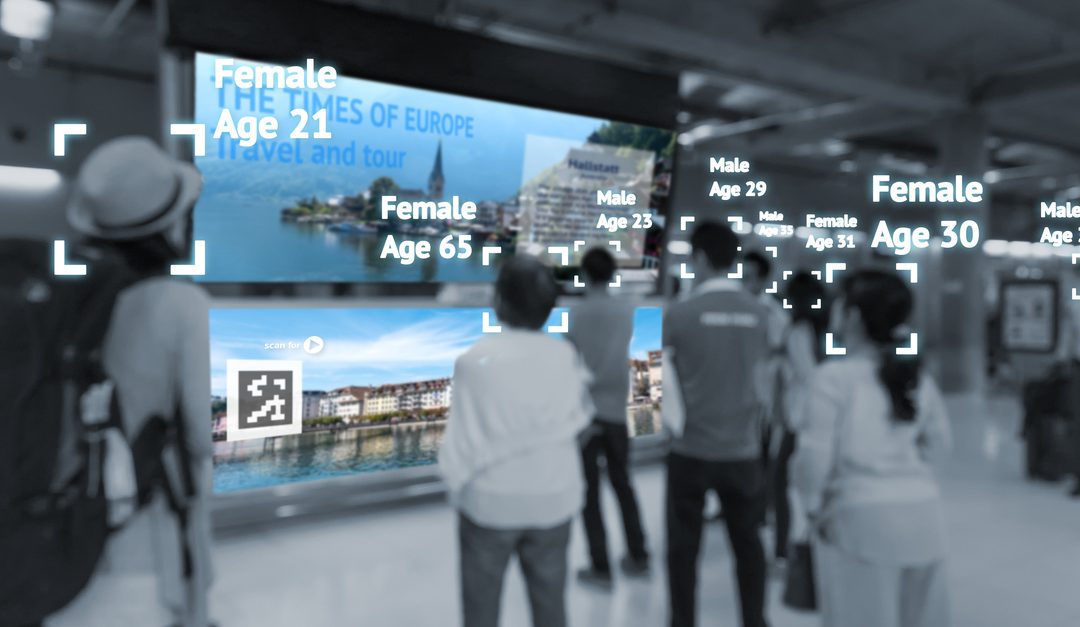2020 Predictions for Digital Signage
Today we’re rounding off our trio of blogs looking at how the sectors we operate in are likely to change, evolve and expand over 2020. We started off by looking at the healthcare sector, and then turned to examine the manufacturing industry. Finally, we’re exploring digital signage.
A year ago, we set out our predictions for the sector in 2019. We led with the planned major rollouts of 5G networks, explaining how these would mean digital signage would be able to offer high-quality live streaming and high-definition video, as well as incorporating data-rich applications and responsive, engaging features.
As we now know, the rollout of 5G was slower than expected, and it now looks like 2020 could be the real year of 5G. But the same predictions still stand, albeit moved on a year. The high speeds and, just as importantly, high bandwidth of 5G networks, will offer myriad ways for digital signage to be made more engaging and more creative. The possibilities, not just for marketing and advertising, but also for delivering information and advice in more compelling ways, are enormous.
Anywhere you currently find self-service touchscreens, from GP surgeries to shopping centres, could be transformed. Such screens will be able to import much greater quantities of information at much greater speeds, ultimately getting richer information to end users in real-time.
We predicted, also an increase in personalisation, with organisations taking advantage of everything from scheduling content according to who is likely to see a screen at a particular time, to precisely tailoring it according to exactly who is in front of said screen. And we looked at the role of augmented reality (AR) technology, suggesting that innovations such as virtual assistants and virtual assistants would pick up throughout the year.
These predictions have been, we think, borne out. In April Gartner predicted that 100 million customers will be shopping in AR online and instore by 2020. AR technology is also being increasingly adopted in the manufacturing industry we have already examines, helping to drive the development of the smart factory.
We certainly expect these trends to continue in 2020, but it is also worth considering the growing importance of interactivity. This rich combination of faster mobile connectivity, greater personalisation driven by data insights, and augmented reality means that digital signage which people can actively engage with, even just in passing, is going to become increasingly common. The combination of touch screen technology, facial recognition software and Near Field Communications will, as reported recently in CIO Outlook, offer exciting possibilities for more appealing content and more engaging consumer experiences.
The same article also predicts a growing role for digital signage as a service solutions, whereby organisations can deploy a series of physical display screens and then deliver content to them via the cloud, with various degrees of automation. We certainly expect this to be a growing trend in 2020.
Will our predictions be borne out this year? We’ll see you on the other side!

